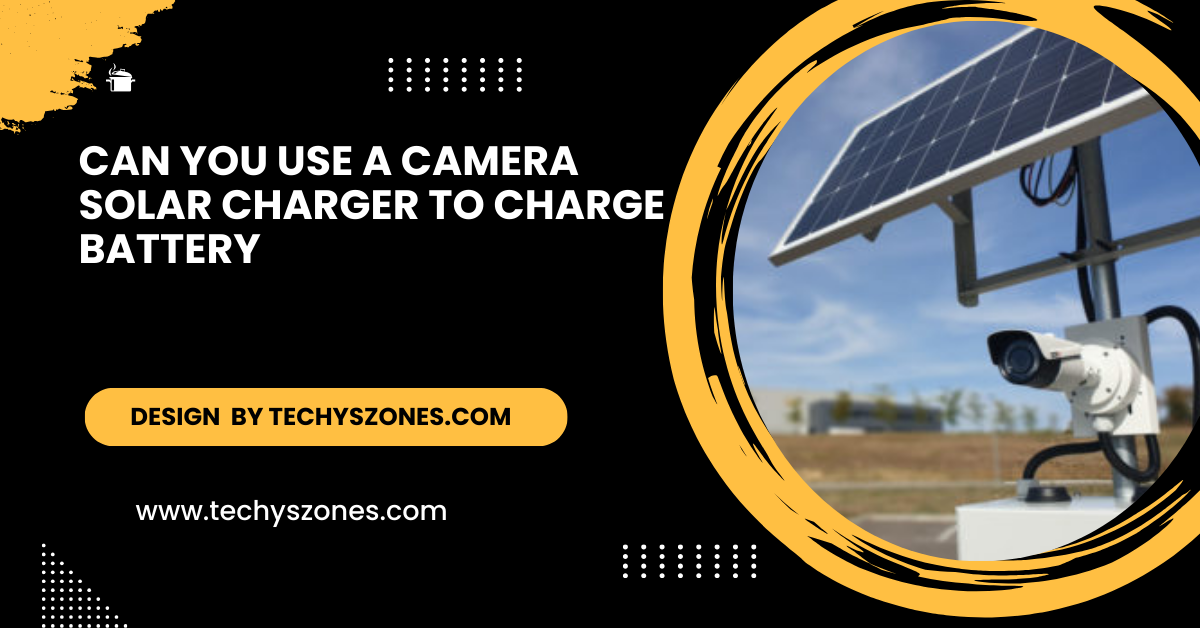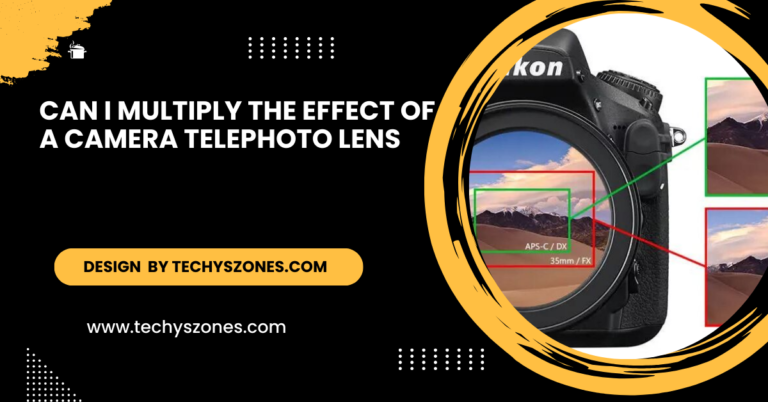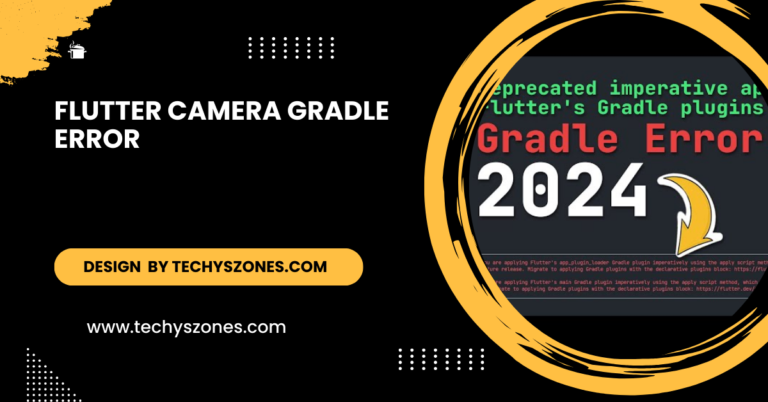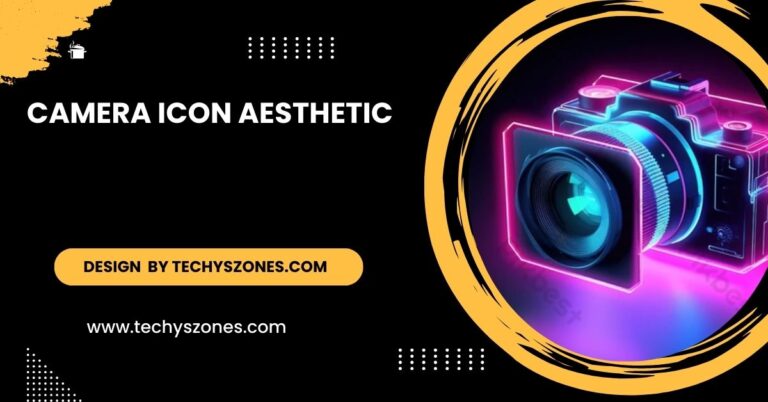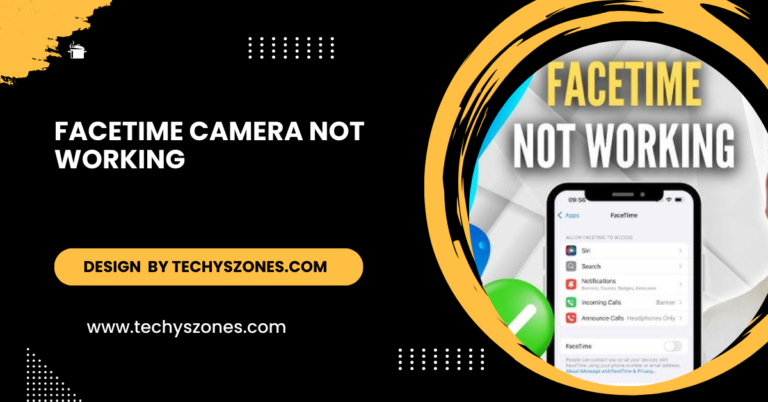Can you Use a Camera Solar Charger To Charge Battery – Versatile Energy Solutions!
Discover if you can use a camera solar charger to charge various batteries, including smartphones and power banks. Learn tips for maximizing efficiency and charging times.
In this article, we explore the compatibility of camera solar chargers with various battery types, including smartphones and power banks. We provide insights on how these chargers work, their efficiency factors, and practical tips for optimal usage.
What is a Camera Solar Charger?
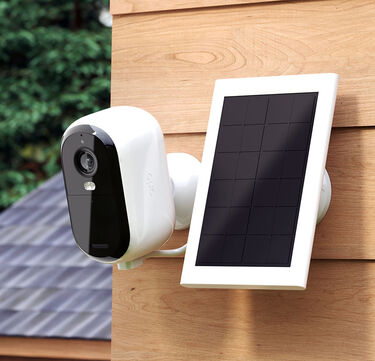
A camera solar charger is a portable device designed to recharge camera batteries using solar energy. These chargers typically consist of solar panels that convert sunlight into electricity, allowing users to power up their devices without relying on traditional power sources. This makes them particularly useful for photographers, travelers, and adventurers who may find themselves in remote locations without access to electricity.
In addition to being eco-friendly, camera solar chargers offer unparalleled convenience for outdoor enthusiasts. Their lightweight and compact design makes them easy to carry, fitting seamlessly into backpacks or camera bags. Many models are also equipped with multiple output options, allowing users to charge not only camera batteries but also other devices such as smartphones, tablets, and portable speakers.
How Do Camera Solar Chargers Work?
Camera solar chargers work by converting sunlight into electrical energy through photovoltaic cells. When sunlight hits these cells, electrons are knocked loose, creating a flow of electricity. This electricity can then be stored in an attached battery or directly used to charge a camera battery.
Types of Solar Panels:
- Monocrystalline Panels: These are made from a single crystal structure, offering high efficiency and space-saving design. They perform well in low-light conditions, making them a popular choice for camera solar chargers.
- Polycrystalline Panels: Made from multiple crystal structures, these panels are generally less efficient than monocrystalline but are often more affordable. They require more space and perform best in direct sunlight.
- Thin-Film Panels: These are lightweight and flexible but have lower efficiency compared to crystalline options. They can be integrated into various surfaces but may take longer to charge batteries.
Compatibility with Other Batteries:
While camera solar chargers are specifically designed for camera batteries, many can also charge various battery types, including:
- Smartphone Batteries: Many modern camera solar chargers come equipped with USB ports, making it easy to charge smartphones and other USB-compatible devices on the go.
- Power Banks: If your power bank supports solar charging, you can connect it to the camera solar charger to harness solar energy for your devices.
- AA/AAA Rechargeable Batteries: With the appropriate adapter, some camera solar chargers can also recharge standard AA or AAA rechargeable batteries, which can be useful for devices like flashlights and remote controls.
Read More: Can Speed Cameras Track Aggressive Driving – The Potential Of Speed Cameras!
Efficiency and Charging Time:
Several factors affect the efficiency of a camera solar charger and the time it takes to charge a battery:
Sunlight Exposure:
The amount of direct sunlight the solar panel receives directly impacts its efficiency. When placed in shaded areas or during cloudy weather, the charging speed significantly decreases. To maximize charging efficiency, always position the solar panel where it can receive unobstructed sunlight.
Charger Specifications:
Different camera solar chargers have varying power outputs, typically measured in watts (W). Higher wattage chargers will charge batteries faster, making them more efficient for high-capacity devices. It’s essential to check the specifications of your charger to understand its capabilities fully.
Battery Capacity:
The capacity of the battery being charged is another crucial factor. Battery capacity is measured in milliamp hours (mAh). For example, a camera battery with a capacity of 2000mAh will take longer to charge than a battery with a capacity of 1000mAh. Understanding your battery’s specifications will help set realistic expectations for charging times.
Real-World Charging Times:
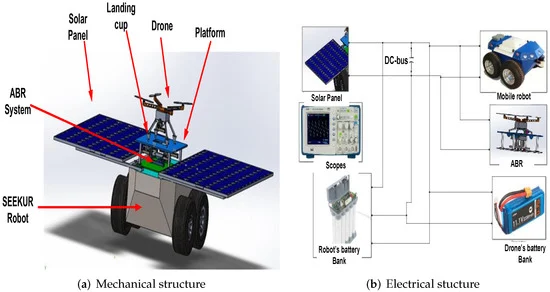
Charging times can vary widely depending on the charger and battery type. For instance:
- Camera Batteries: Using a solar charger with a power output of 5W, a standard camera battery (e.g., 1500mAh) might take about 4-6 hours to fully charge in optimal sunlight.
- Smartphone Batteries: Charging a smartphone with a 3000mAh battery may take 6-8 hours, depending on the charger’s output and sunlight conditions.
- Power Banks: If using a camera solar charger to recharge a power bank (e.g., 10000mAh), it could take anywhere from 10-15 hours, considering losses in energy transfer and varying light conditions.
Tips for Maximizing Use:
To get the most out of your camera solar charger, consider the following tips:
- Positioning: Always place the solar panel to maximize sunlight exposure. Adjust its angle throughout the day as the sun moves to ensure it captures the most light
.
- Monitor Battery Levels: Keep track of the charging progress. Many modern solar chargers come with LED indicators that display the battery level. This helps prevent overcharging, which can damage some battery types.
- Use Quality Adapters and Cables: Ensure that any cables or adapters you use are compatible with your devices and of high quality. Poor-quality cables can lead to energy loss and damage to your devices.
- Regular Maintenance: Keep the solar panel clean by removing dirt, dust, and debris. Regular cleaning ensures optimal sunlight absorption and charging efficiency.
- Battery Storage: Store batteries in a cool, dry place. Extreme temperatures can affect battery performance and lifespan.
FAQ’s
Can a camera solar charger work in cloudy weather?
Yes, but its efficiency will be reduced. Direct sunlight is optimal for charging.
How long does it take to charge a camera battery with a solar charger?
Charging times vary, but it typically takes 4-6 hours in optimal sunlight for a standard camera battery.
Are camera solar chargers compatible with all devices?
Most chargers are compatible with cameras, smartphones, and power banks, but check specifications for best results.
Do I need special cables to use a camera solar charger?
Standard USB cables are usually sufficient, but ensure they are of high quality and compatible with your devices.
How can I maximize the efficiency of my camera solar charger?
Position the solar panel for direct sunlight, keep it clean, and use high-quality adapters and cables.
Conclusion
In summary, yes, you can use a camera solar charger to charge various batteries, but its effectiveness depends on factors like compatibility, sunlight exposure, and charger specifications. By understanding how to utilize these devices effectively, you can harness the power of renewable energy and keep your devices charged while enjoying the great outdoors. Embrace sustainable charging solutions and enhance your adventures with a reliable camera solar charger!

